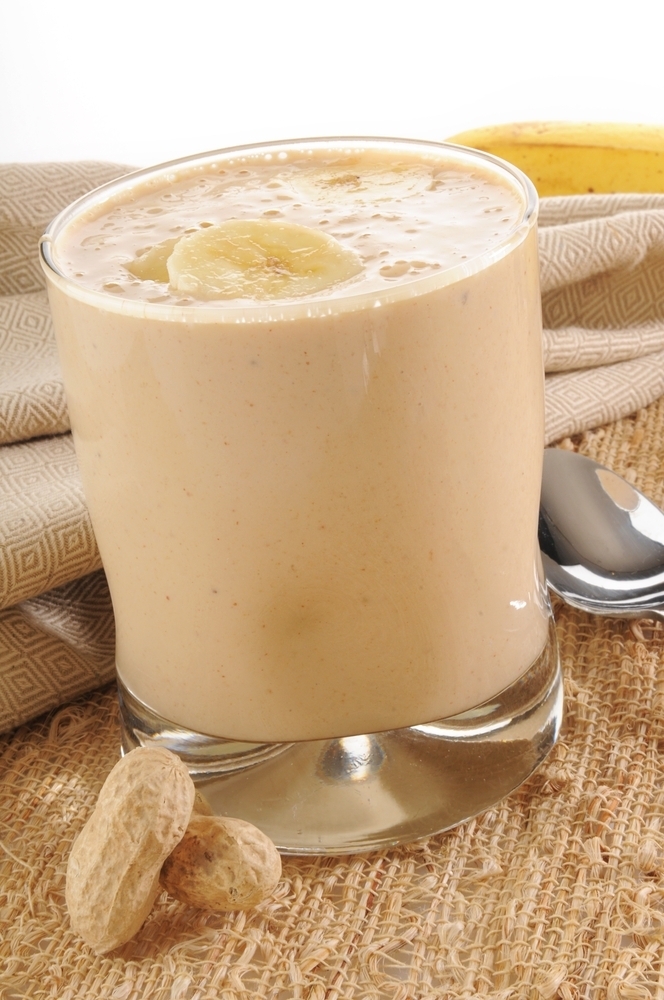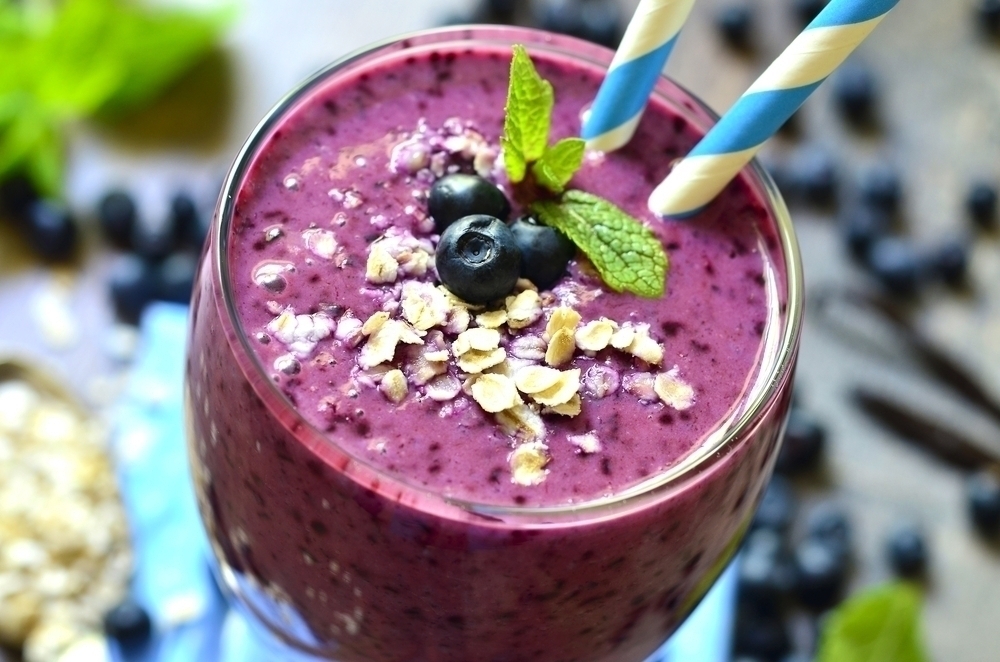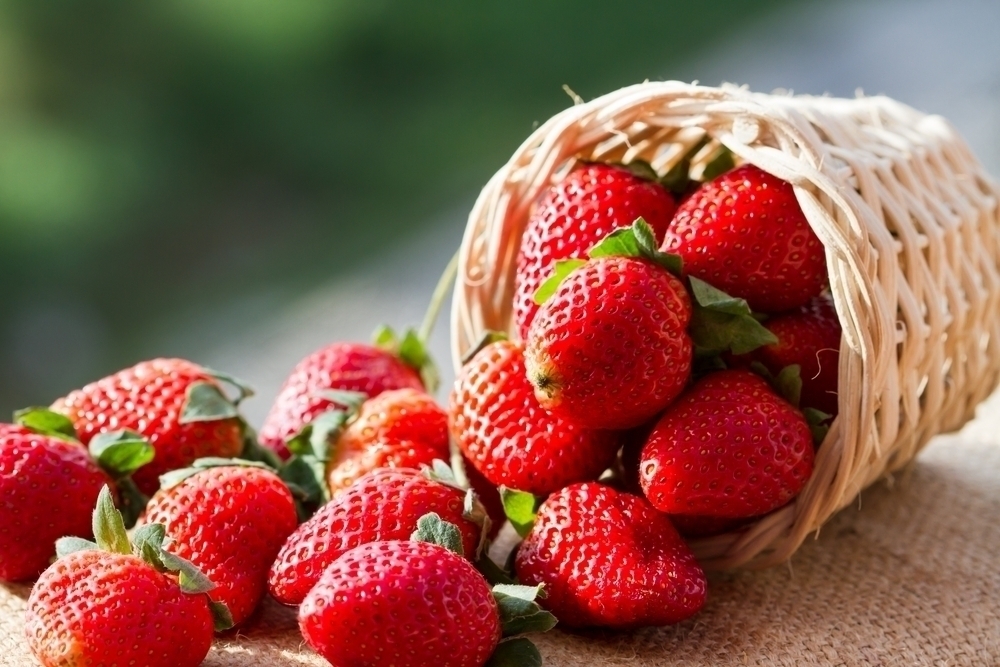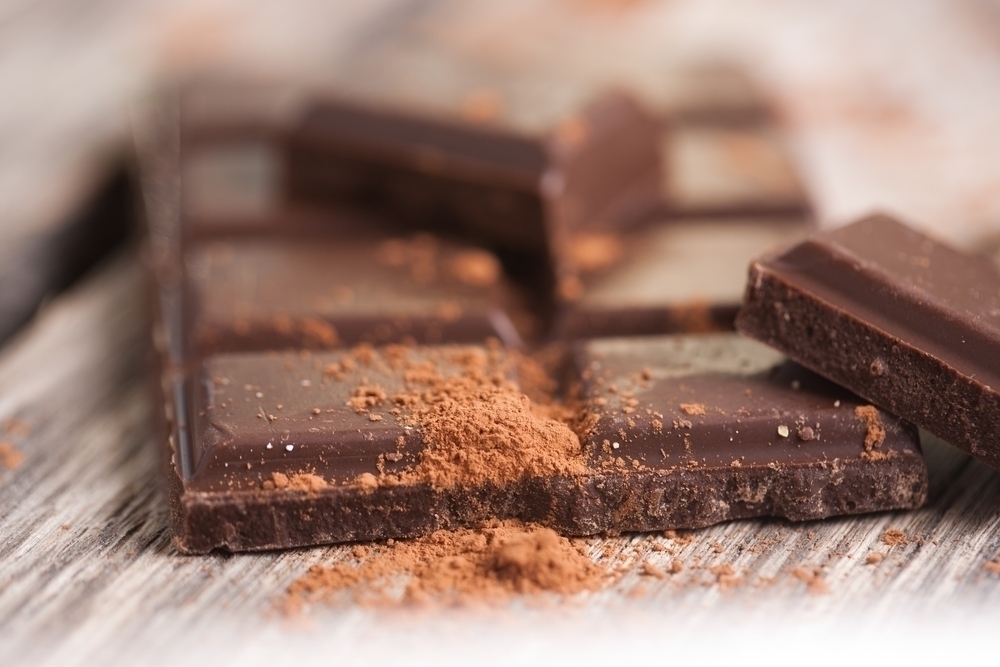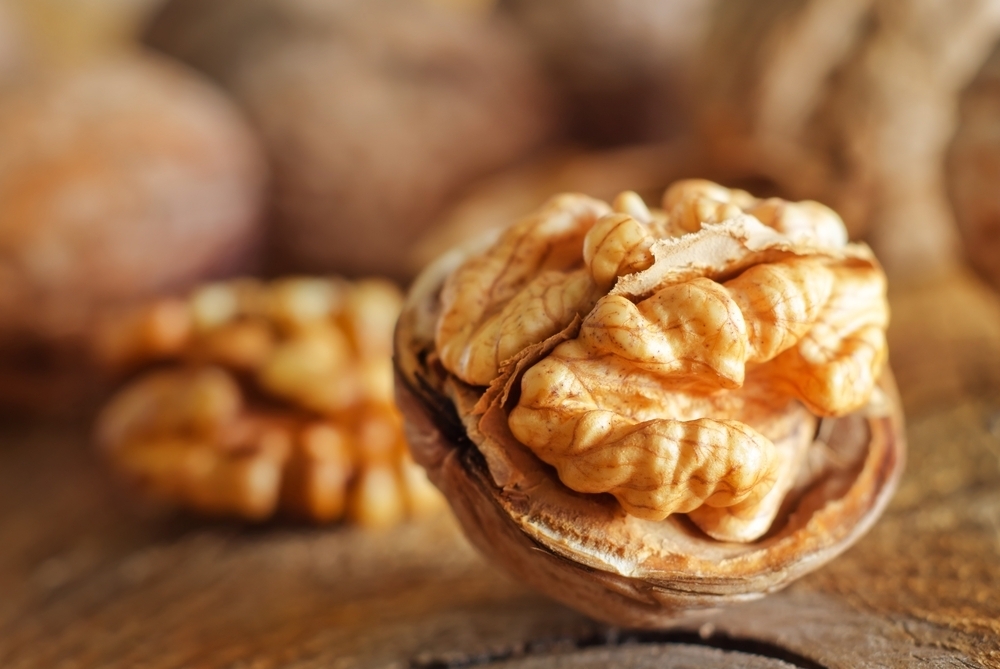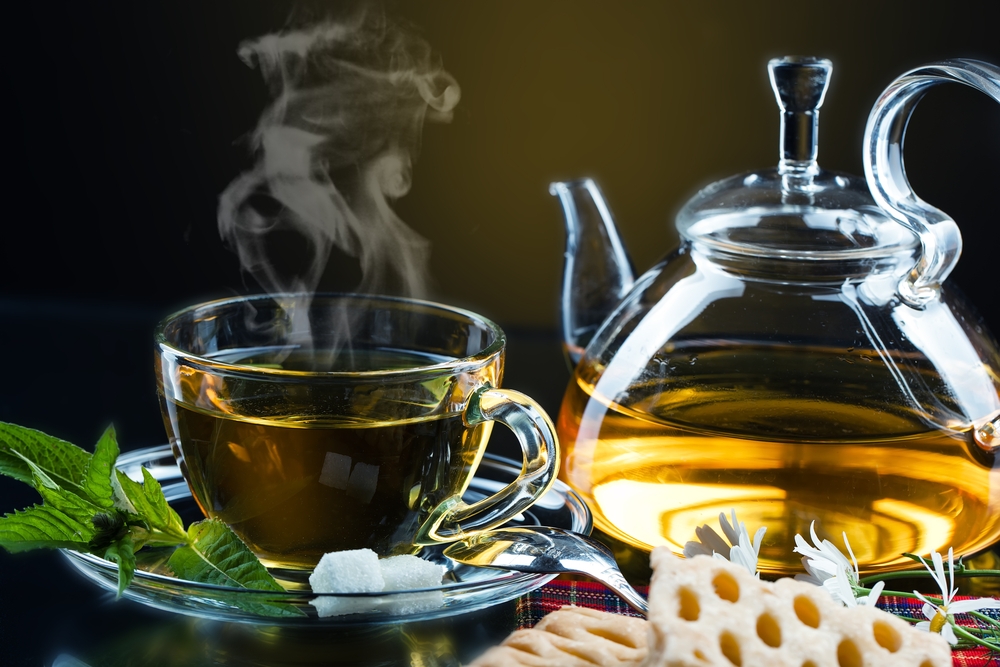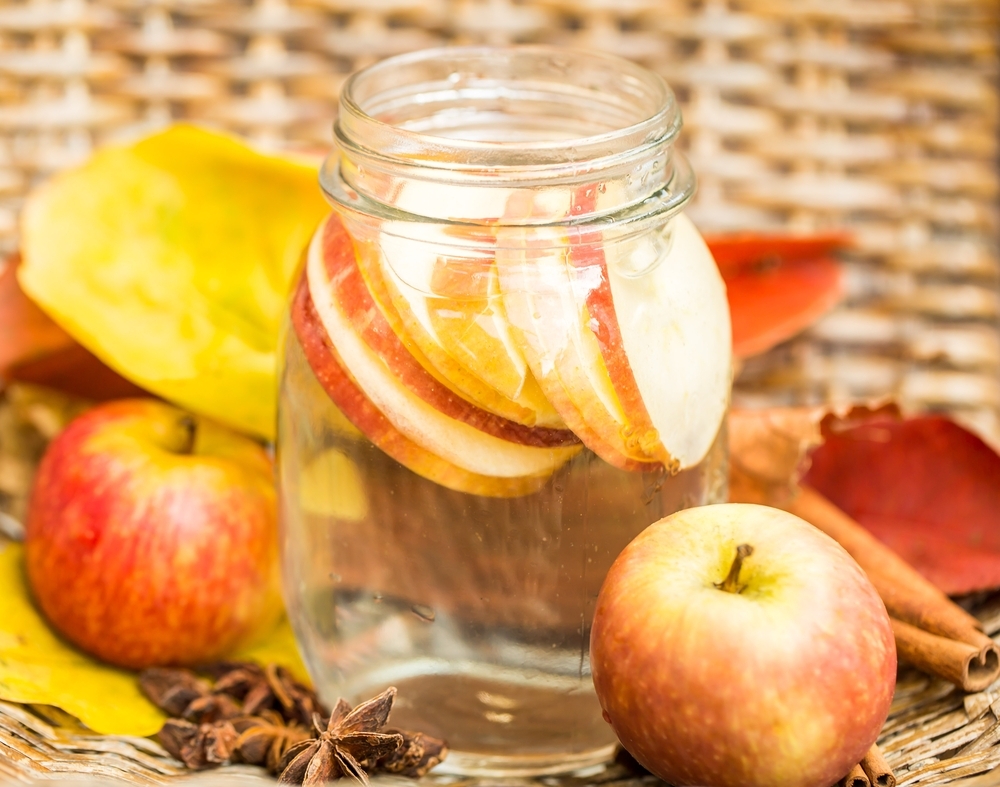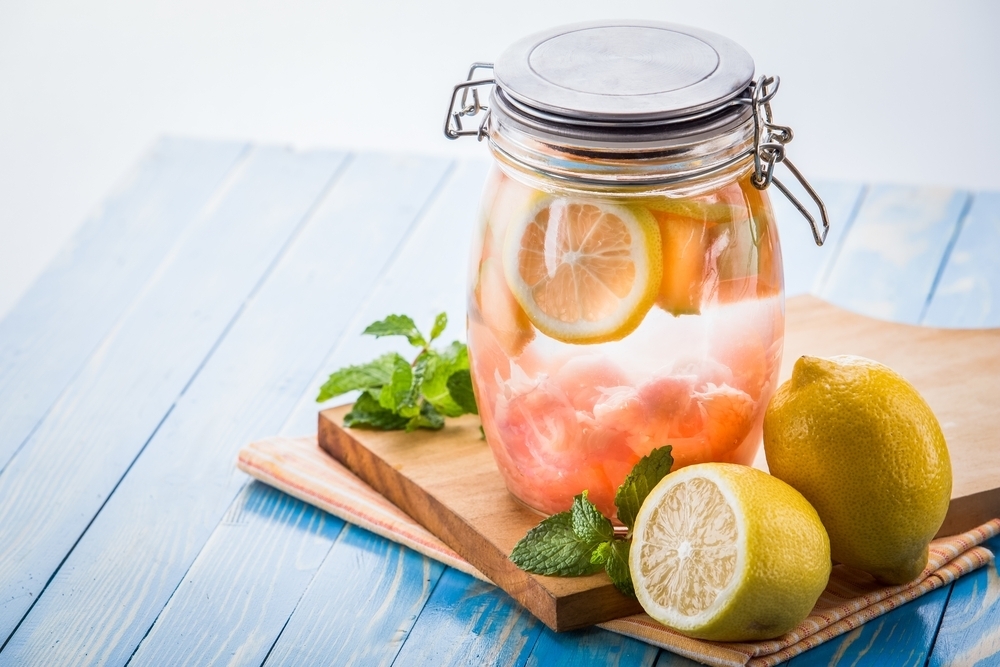You may shower to wake you up in the morning or help you wind down at night and you probably look forward to doing so. Chances are you also do this on a daily basis. You may want to rethink your daily shower, as dermatologists deem doing so as potentially harmful to your skin. Dr. Ranella Hirsch, a Boston dermatologist, says “[w]e over bathe in this country and that’s really important to realize. A lot of the reason we do it is because of societal norms.” So, should you skip your daily cleansing ritual? Not necessarily. Resveralife researched the thoughts behind not showering each and every day and how to properly shower to protect your skin from damage.
Why Skip Showers
Dr. Casey Carlos, assistant professor of medicine in the division of dermatology at the University of California San Diego School of Medicine, says “[p]eople don’t realize that the skin does a pretty good job of cleaning itself.” Still, our inclination is to do it ourselves daily in the shower. Carlos and other dermatologists advice showering less to keep skin at its healthiest.
How to Shower
You know how to shower; you’ve been doing it since you were a kid, but dermatologists suggest that perhaps it’s how you shower that does the most damage to your skin. The first thing you should be doing is lowering the temperature of the water. Hot showers may feel soothing and relaxing, but they also add to the damage your skin suffers in the shower. Use warm, not hot, water when you shower.
Your natural inclination is to step into the shower and lather up everything from your hair to the tips of your feet. “It’s the hardest thing to get people to use soap only where they need it,” says Dr. Casey Carlos. Soap is designed to remove oils from the skin, and sometimes it can do too good of a job. Using soap only on areas that need it (armpits, feet, and groin area) can help minimize the damage that showering does.
And, if you’re still washing your hair every day, you might want to give that up too. Shampoo, like soap, strips your hair of natural oils. If you must shampoo, use a gentle shampoo only at the roots of the hair because it will rinse down into the ends of your hair and clean them. Condition the mid to ends of your hair to avoid irritating the scalp with unnecessary heavy products.
Once out of the shower, moisturize immediately. Adding moisture back into the skin while it is still damp helps your skin to better absorb moisturizing products.
It may feel completely unnatural to not shower or shampoo daily, but you will get used to it. If you want to protect your skin but absolutely must have water to do so, consider taking a warm bath in between shower days. Soak for 10 to 15 minutes in warm water then moisturize afterward. Post workout use, refreshing pre-moistened cloths to keep yourself feeling fresh. Skipping your daily shower helps strengthen and take care of your skin.







